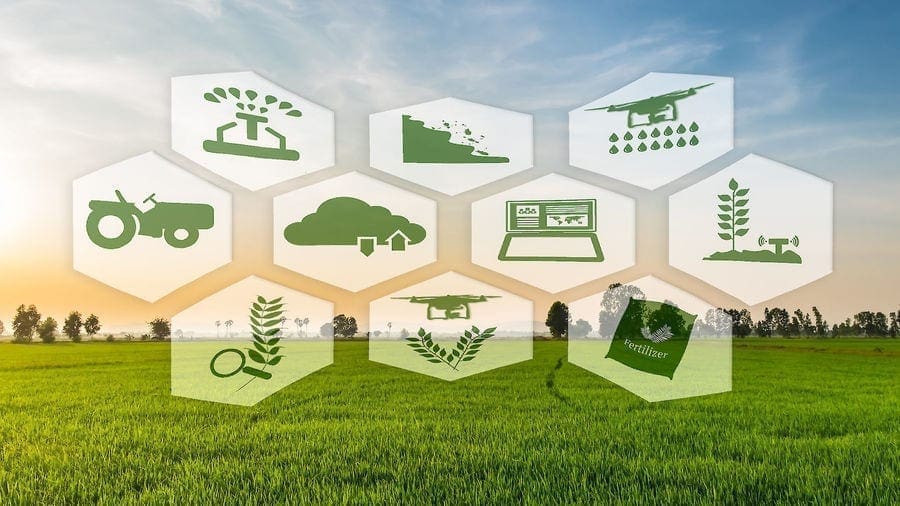AFRICA – The Food and Agriculture Organisation (FAO) of the United Nations has stressed on the need to use both simple solution and hi-tech tools to enhance farmers’ resilience to drought.
FAO Director, General José Graziano da Silva says that more than 80% of all damage and loss caused by drought was absorbed by farmers and agricultural sector, reports Biz Community.
“Unlocking the potential of agricultural innovations, be it simple solutions or satellite-based technologies, will help prevent a drought from turning into famine and forced displacement and reverse desertification,” he said.
He noted that one of the main causes of increased food insecurity in the last three years was El Niño provoking severe droughts on the East African coast.
Solutions Adopted
The FAO and partners are supporting the African Union to establish the Great Green Wall -Africa’s flagship initiative to combat land degradation, desertification and drought, the FAO chief said.
The plan is to surround the Sahara with a wide belt of vegetation, trees
“This measure is helping us to stop desertification which is one of the main reasons of
The development of innovative applications and portals in recent years can bring accessible and actionable information directly to the farmers’ hands.
FAO
supports countries in raising awareness and building capacity on such tools to
strengthen resilient agricultural practices.
FAO has also launched a revamped version of WaPOR, an open-access database
tapping near real-time satellite data to monitor land and water productivity in
Africa and the Near East.
Data from WaPOR, initially launched in 2017, helps policy makers and farmers to make informed decisions to be better prepared for drought and increase agricultural production with less water use
The Government of the Netherlands allocated $2.5m for the further development of the WaPOR database and its expansion to other areas over the two-year period (2019 – 2020).
Graziano da Silva was speaking at the opening of the 2nd International Seminar on Drought and Agriculture at FAO headquarters in Rome, as part of the World Day to Combat Desertification and Drought celebrations.
He









